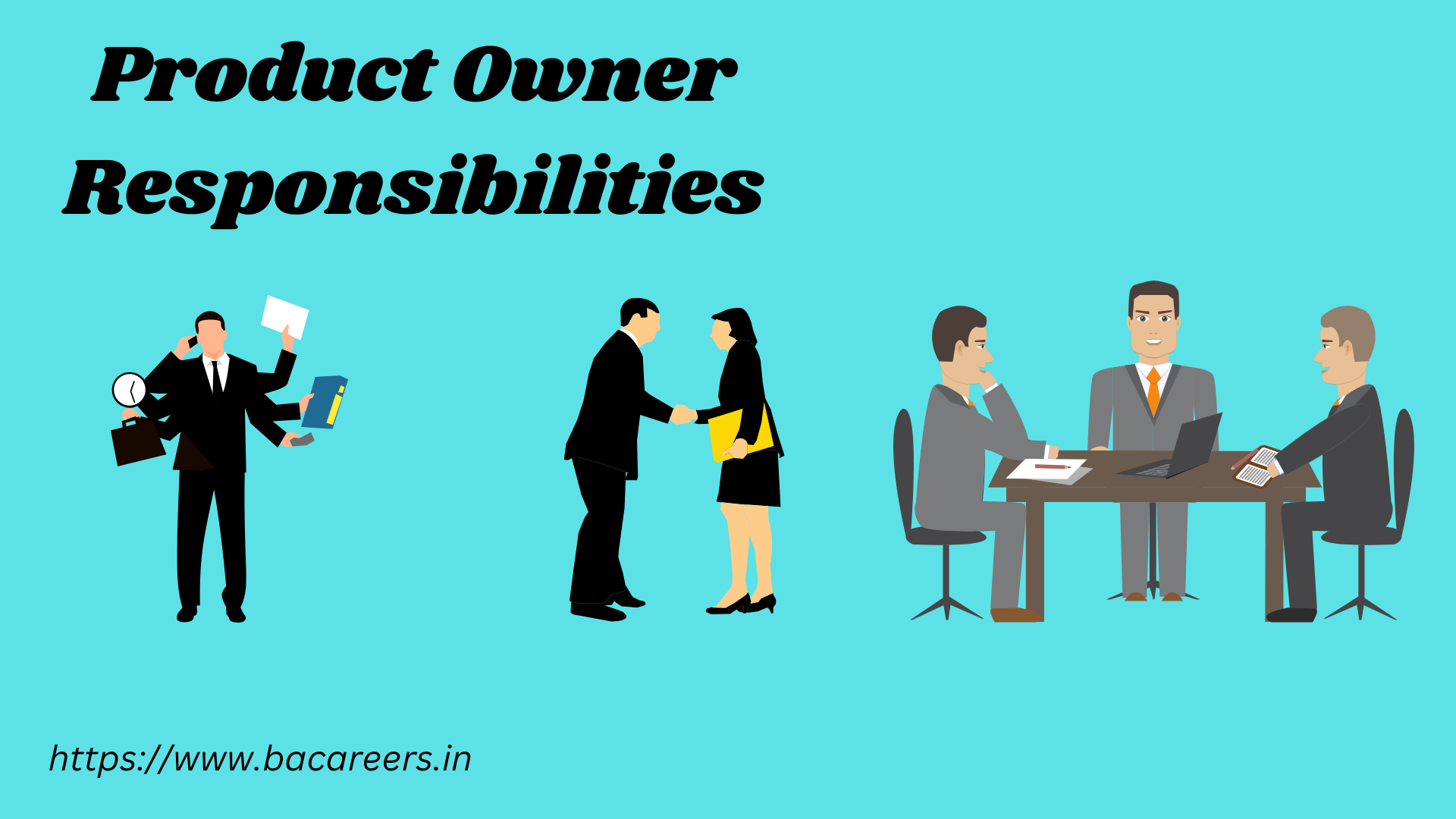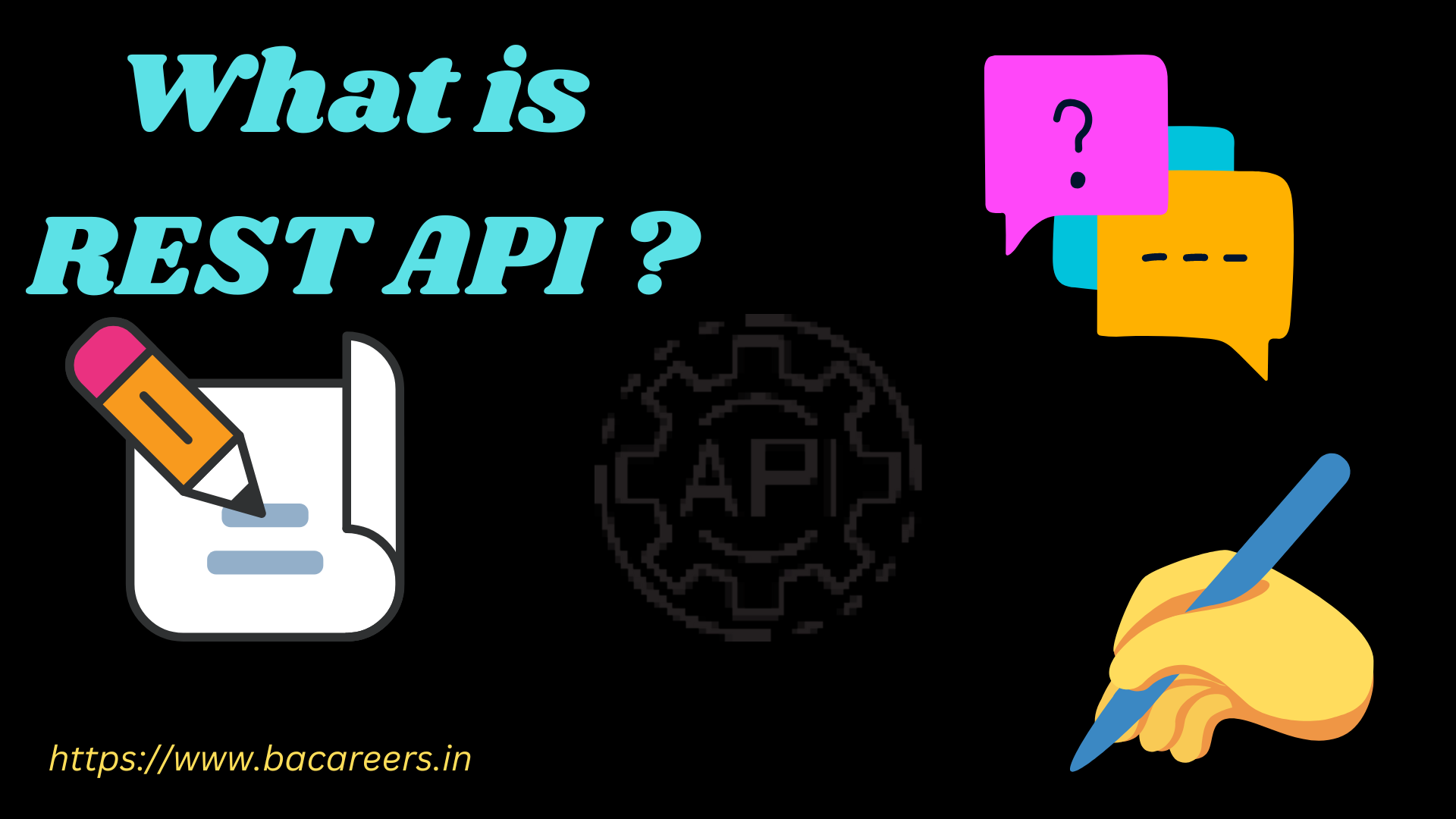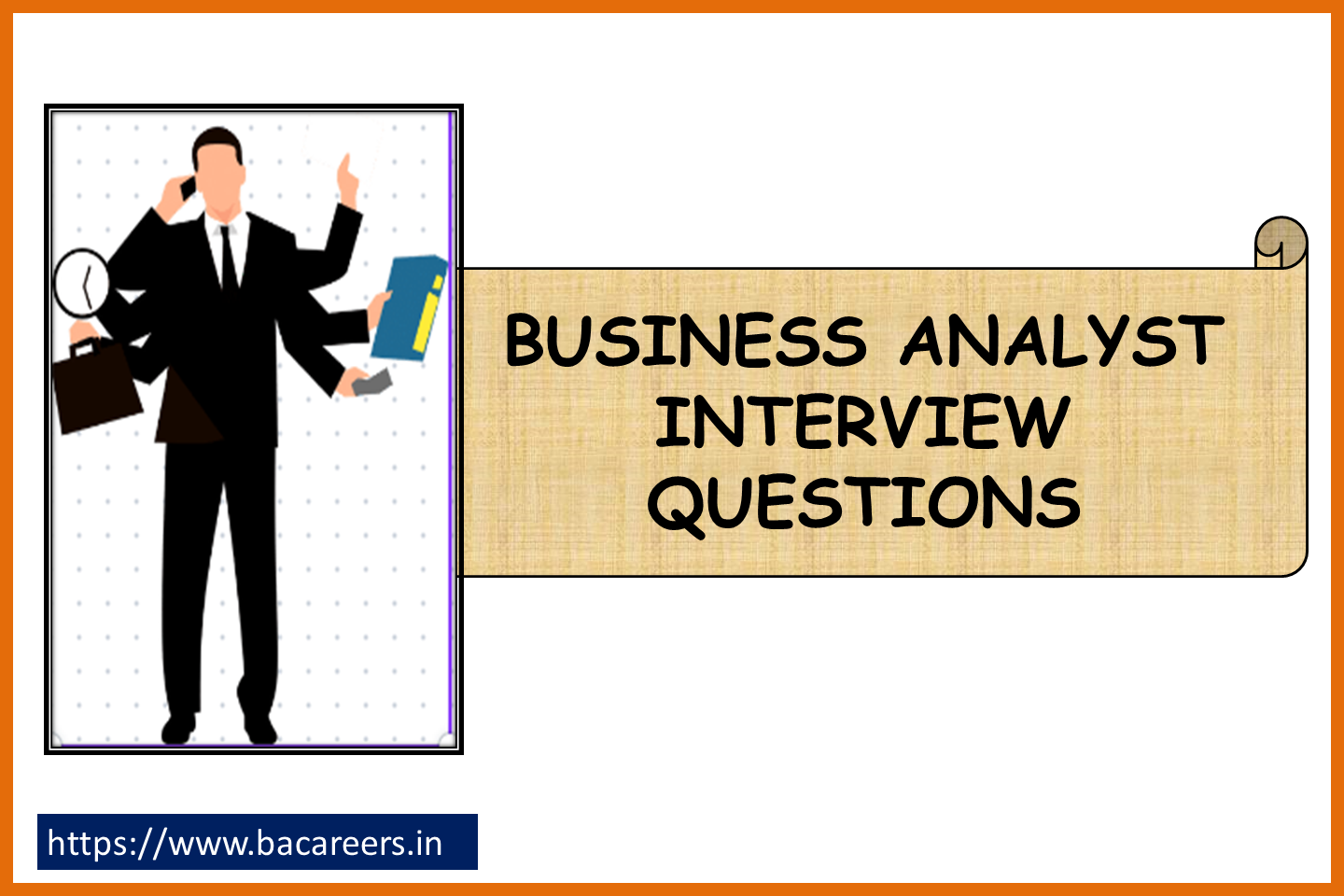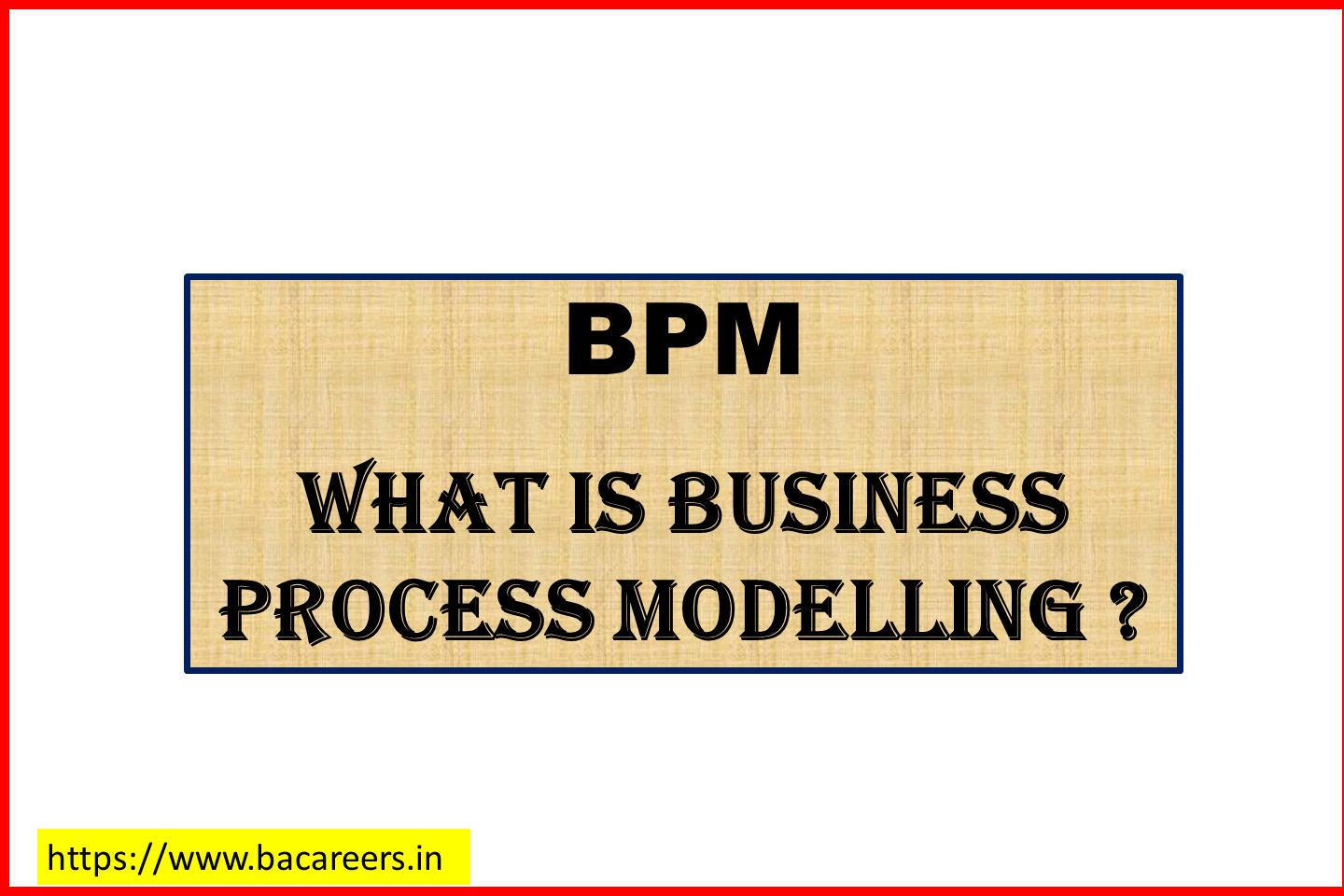How Business Analysts Gather Requirements ?
As a business analyst, one of your key roles is to ensure that the requirements for a project or process are correctly identified and recorded. Gaining an understanding of the detailed needs of a project involves asking questions, listening to responses, and making sure every detail is captured accurately. Let us observe in this article how business analysts gather requirements.
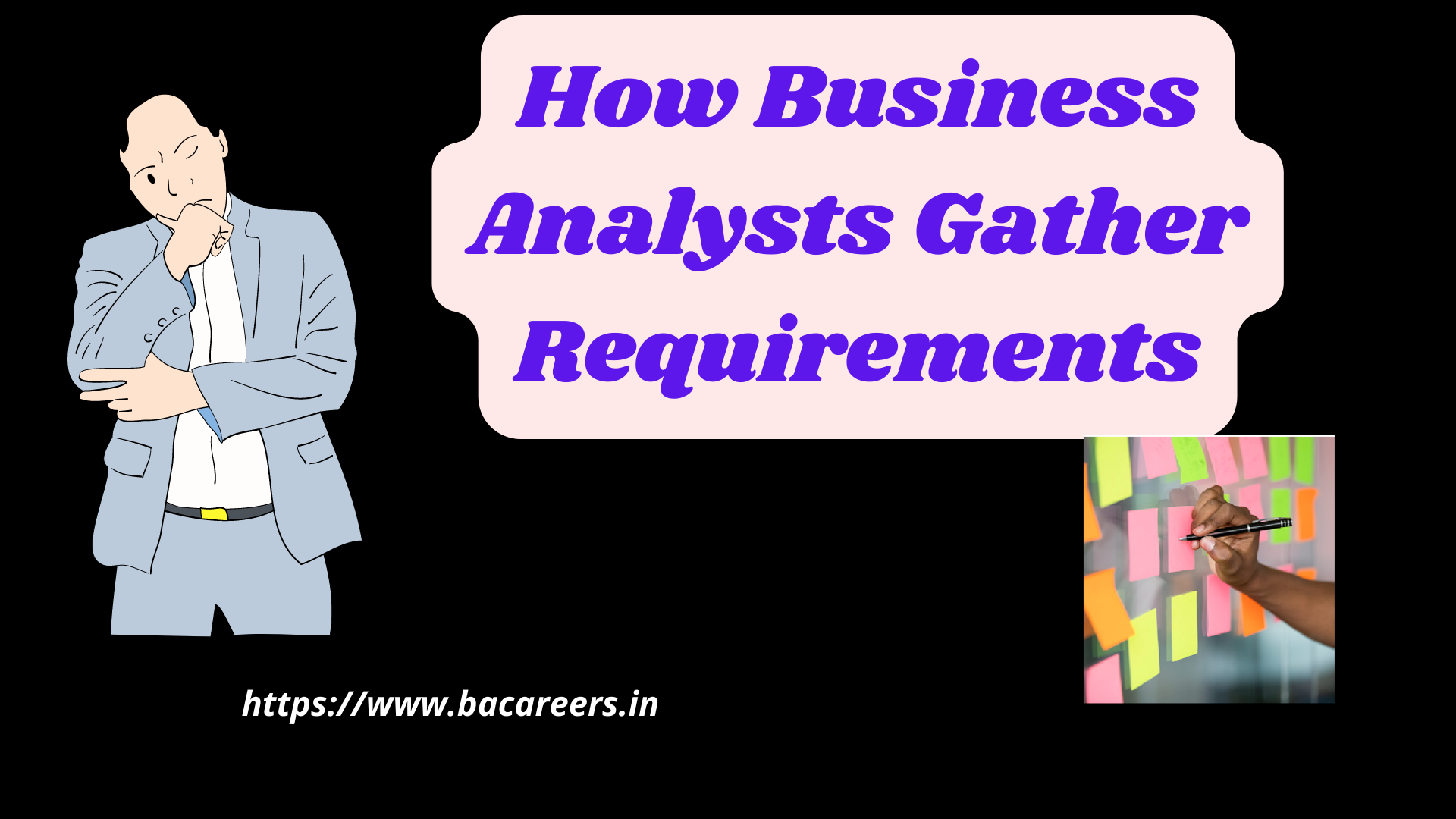
Why are questions essential to gather requirements?
Questions are essential to gathering requirements because they allow the business analyst to delve deeper into a project’s needs. By asking detailed questions, the analyst can determine precisely what is required and uncover unseen elements of the process. Asking questions also provides an opportunity to assess user experiences and identify potential improvements that can be made within a process or system.
What practical tips can help business analysts ask the right questions?
When asking questions, it’s important to remember that the goal is to accurately identify needs and dimensions of a project. Here are some practical tips for asking the right questions during a requirements gathering exercise. First, understand that different types of questions can be used depending on the context or situation – open-ended questions can help explore complex topics while closed-ended or yes/no questions can help uncover specific facts quickly. It’s also beneficial to ask probing follow-up questions and discuss assumptions to gain clarity around related topics. Additionally, business analysts should allow enough time for respondents to answer each question thoroughly and review their responses for accuracy.
How can clarifying assumptions, exploring causality and mapping cause-effect relationships aid in requirement gathering?
Clarifying assumptions and exploring causality will help to understand the reasons why certain tasks need to be accomplished, while mapping cause-effect relationships will help to identify potential pitfalls in project feasibility and implementation. By doing this, business analysts can more accurately define requirements and create clearer paths for successful project completion. Additionally, by exploring causality, they can ensure that the right people are involved in the decision-making process and involve other stakeholders when required.
What type of questions should be asked when discovering problem areas and developing a project hypothesis?
When discovering problem areas and developing a project hypothesis, business analysts should be sure to ask two types of questions: diagnostic (why?) and evaluative (how?). Diagnostic questions can help identify the underlying root causes that led to an issue, while evaluative questions allow analysts to develop potential solutions. For example, a business analyst may want to know why customers are not responding positively to a particular product or feature in order to uncover what needs improvement. They could then use evaluative questions to understand how best to improve customer engagement with that product or feature.
How does diving into metrics help with understanding customer needs better?
Analyzing relevant metrics plays an essential role in understanding the needs of customers. By scrutinizing customer behavior, business analysts can gain insight into how customers interact with products or features and what needs improvement. For example, metric analysis can help identify areas where customer engagement is low, which can then be explored further with diagnostic and evaluative questions to better understand what drives customer behavior.
Business analysts are tasked with gathering requirements from various departments within a company to ensure that all parts of the organization are working together harmoniously. This activity can be difficult, as different departments may have their own specific goals and expectations. To ensure that all parties are on the same page, business analysts often need to gain a broad understanding of the organization’s mission and objectives. Once they have this information, they can work with departments specifically to gauge what resources they need and how best to use them.
Business analysts often need to gather requirements from various stakeholders in order to create a business plan, proposal, or specification. There are a few different methods that analysts may use to gather requirements. The most common way is through interviews. Business analysts may also circulate surveys or interrogate people in order to get their opinions. Other methods of gathering requirements include analyzing company data, observing trends, and conducting research studies.
1.10 Steps To Conducting Effective Requirements Gathering
2. Why Is Requirements Elicitation A Difficult Task?
FAQ’S
How do you gather business requirements?
A 6-Step Requirements Gathering Process
- Identify the relevant stakeholders.
- Establish project goals and objectives.
- Elicit requirements from stakeholders.
- Document the requirements.
- Confirm the requirements.
- Prioritize the requirements.
How is requirement gathering done?
Requirements gathering is the process of identifying your project’s exact requirements from start to finish. This process occurs during the project initiation phase, but you’ll continue to manage your project requirements throughout the project timeline.
What are the 5 stages of requirement gathering?
Requirements Gathering Steps
- Step 1: Understand Pain Behind The Requirement. …
- Step 2: Eliminate Language Ambiguity. …
- Step 3: Identify Corner Cases. …
- Step 4: Write User Stories. …
- Step 5: Create a Definition Of “Done”
What are the 6 methods of collecting requirements?
11 Requirements Gathering Techniques for Agile Product Teams
- Interviews.
- Questionnaires or Surveys.
- User Observation.
- Document Analysis.
- Interface Analysis.
- Workshops.
- Brainstorming.
- Role-Play.
Which tool is used for requirement gathering?
Visure. Visure is a good requirements gathering tool specifically in the area of configuration management. It easily keeps track of traceability, verification, and defects
How are requirements gathered in Agile?
Agile teams typically model requirements, write code, and then refine and refactor it to implement those models. This process is called test-first design. Modeling translates requirements into code. Executable requirements focus on what something needs to do, and how that thing should work.
How do you ask questions for requirements gathering?
What requirements questions
- What do I know about this feature?
- Or, what assumptions am I making about this feature that I need to confirm?
- What does this feature need to do?
- What is the end result of doing this?
- What are the pieces of this feature?
- What needs to happen next?
- What must happen before?
- What if….?
How do business analysts gather requirements in agile?
Stages of Requirement Gathering:
- Identify the right stakeholders.
- Define the Project: Understand the project goals and scope.
- Elicit the requirements from the stakeholders.
- Document the requirements.
- Confirm the Requirements with the client and stakeholders to ensure transparency.
What are the four types of requirement analysis?
Types of Requirement Analysis
The main types of requirements analysis include business, customer, product, functional, and non-functional requirements. Each one represents a stakeholder or stage of the project and communicates the project needs

Business Analyst , Functional Consultant, Provide Training on Business Analysis and SDLC Methodologies.


